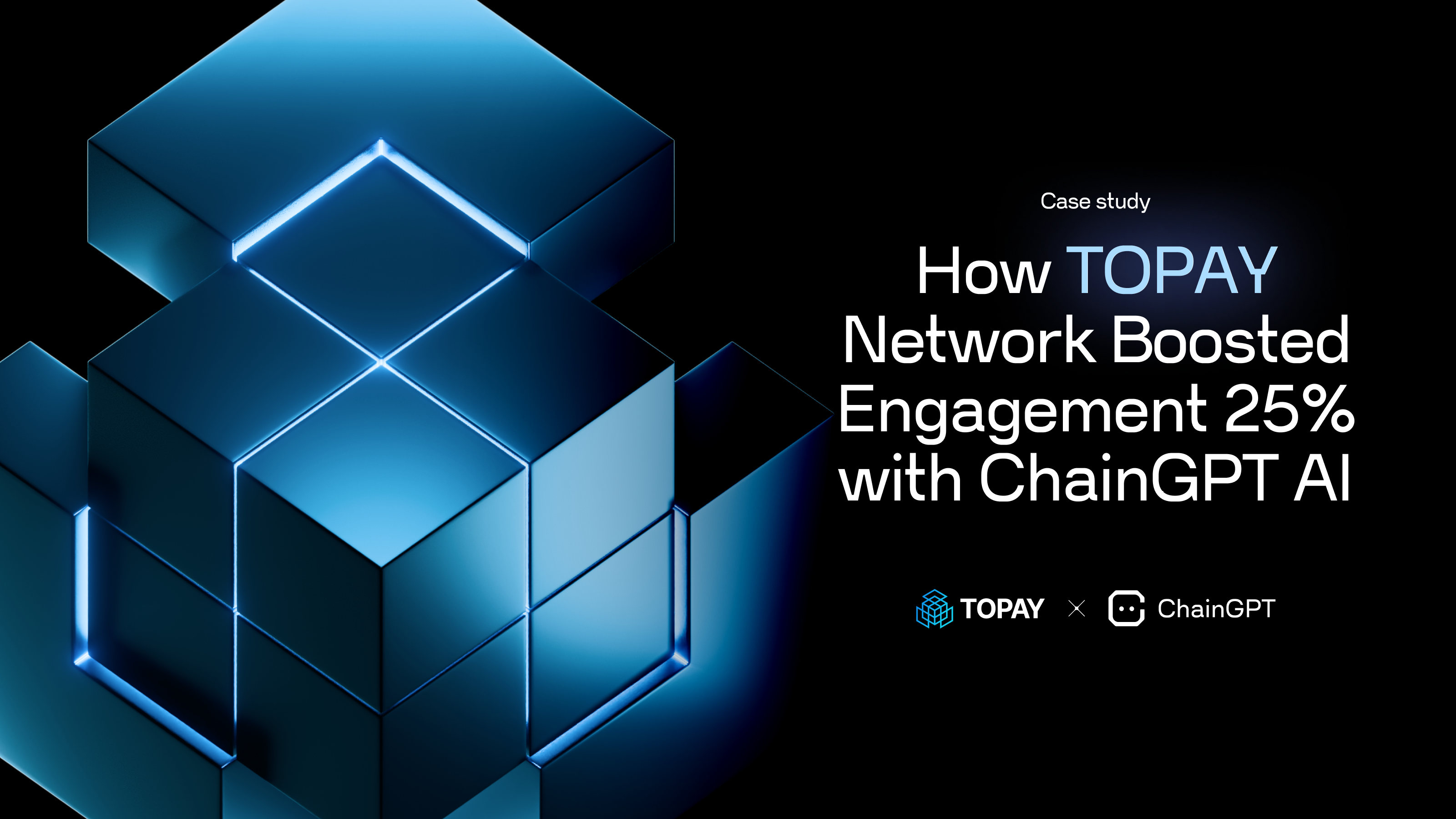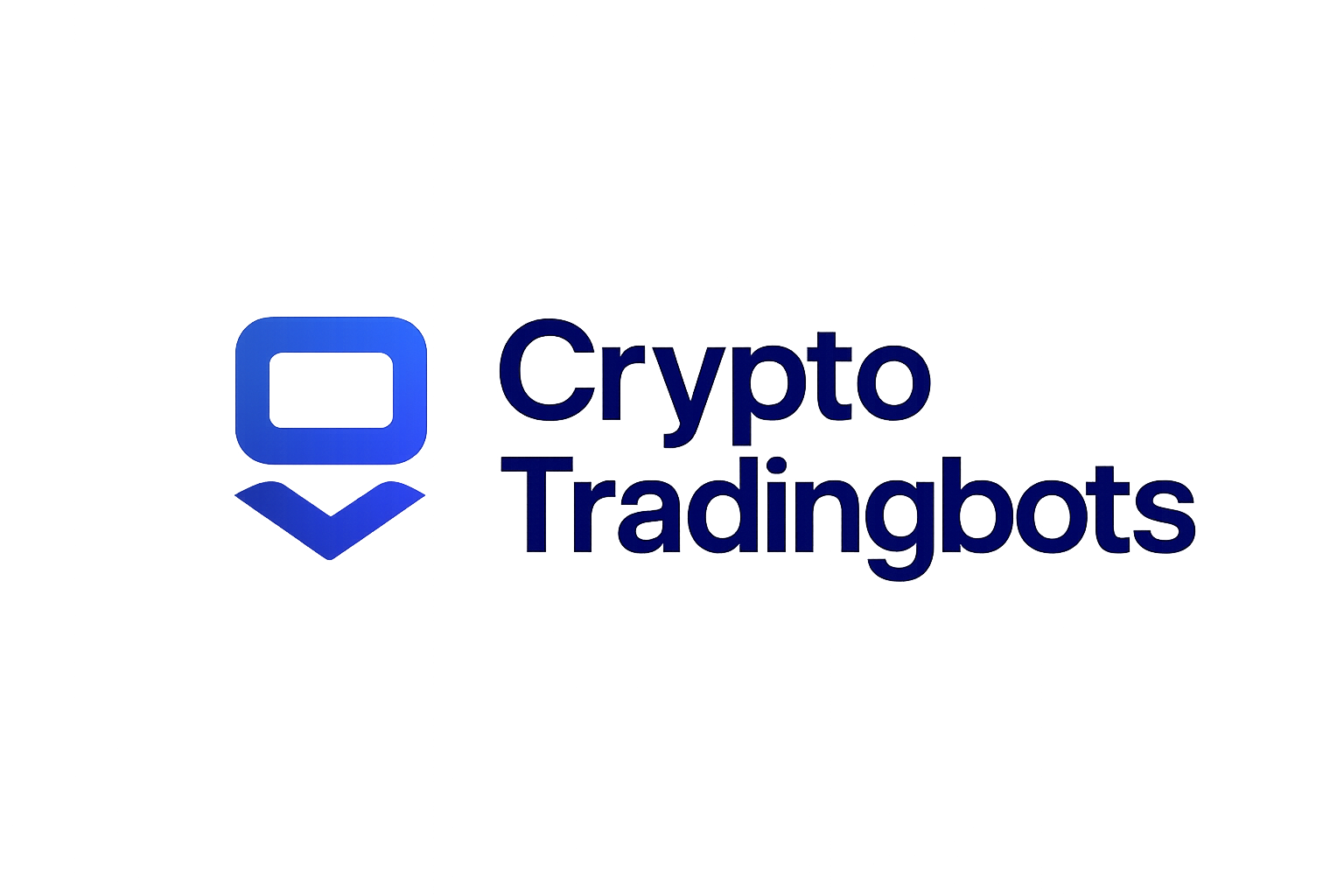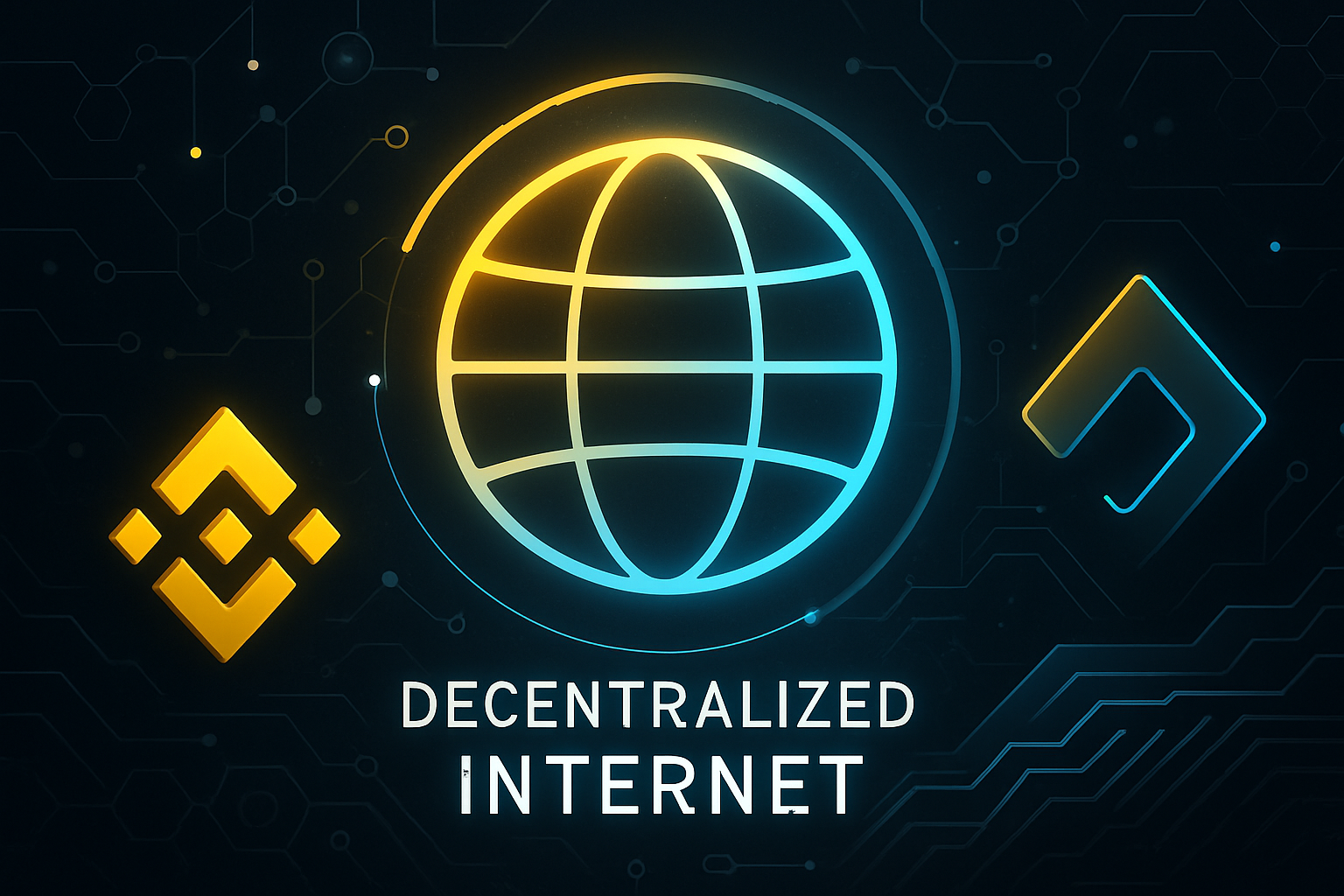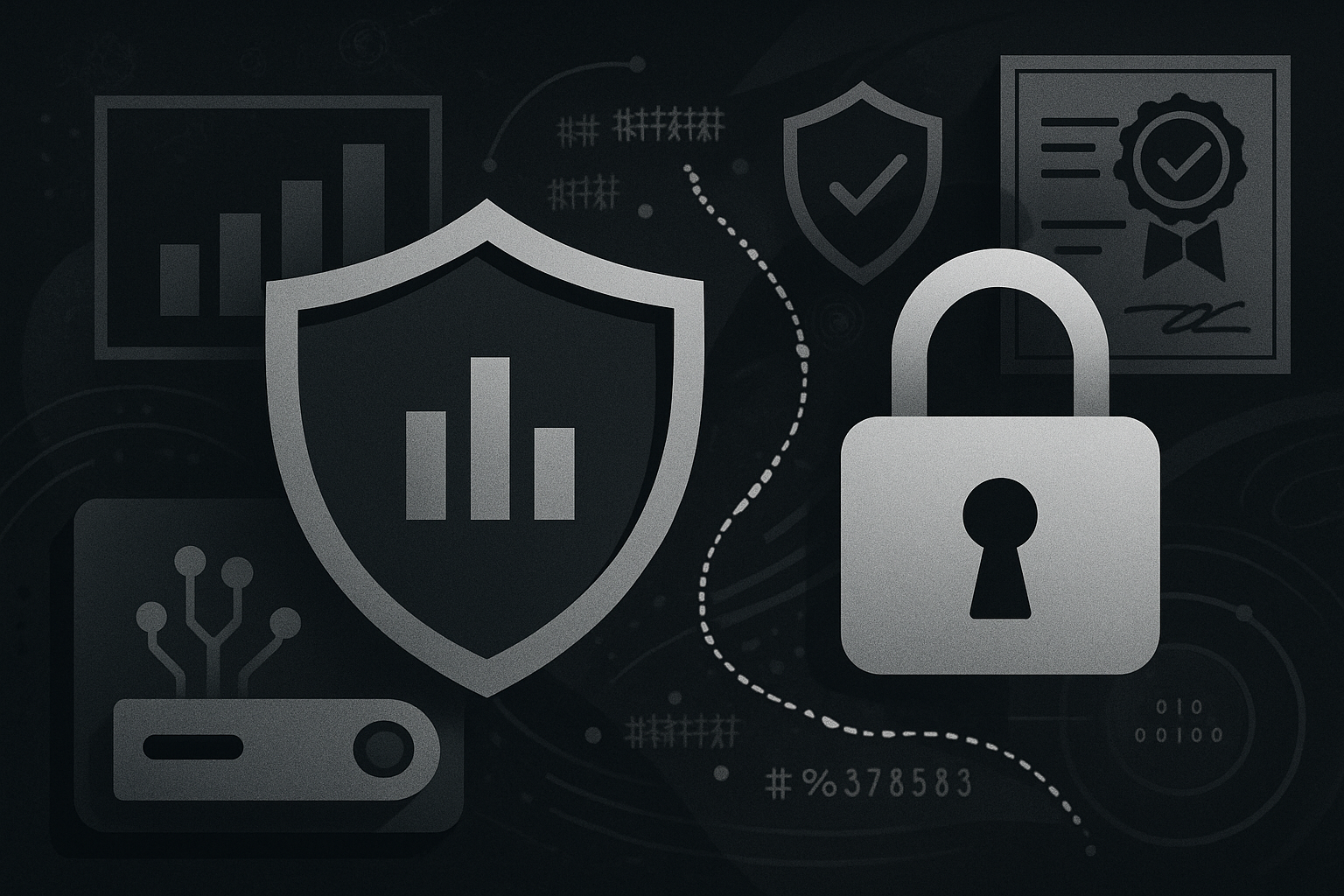
Ready to supercharge your crypto trading game with AI? The era of waiting weeks to prototype and deploy a multi-chain AI trading agent is over. Thanks to robust open-source frameworks, cloud APIs, and agentic DeFi tools, you can now build a fully functional, cross-chain AI trading bot in under 30 minutes. Whether you’re an algorithmic trader seeking smarter execution or a DeFi enthusiast exploring the bleeding edge, this practical guide will show you how to get started fast, no hype, just actionable steps and the latest market context.

Why Multi-Chain AI Trading Agents Are the Future
Single-chain strategies are yesterday’s news. Today’s most effective traders leverage multi-chain AI trading agents that operate seamlessly across Ethereum, Solana, BNB Chain, and more. These agents unlock:
- Access to diverse liquidity pools: capitalize on arbitrage and yield opportunities wherever they arise
- Resilience against network outages: if one chain slows down or fees spike, your agent pivots automatically
- Smarter risk management: AI models trained on real-time DEX data from several chains spot patterns humans miss
The surge in cross-chain DeFi protocols has made it essential for autonomous trading bots to interact with multiple blockchains. If you want your strategy to scale in 2025 and beyond, learning how to build crypto trading bots quickly for multi-chain environments is non-negotiable.
Your Rapid-Build Toolkit: Frameworks and Essential Tools
The secret sauce for rapid deployment? Start with frameworks designed for multi-chain integration and automation:
- Coinbase’s AgentKit: Enables swift creation of autonomous agents that interact with multiple chains, manage wallets, deploy tokens, even engage users on Twitter.
- Based Agent Template: An experimental playground for building bots capable of on-chain actions like token deployment and NFT minting.
- CaffeineAI Step-by-Step Guide: Perfect if you want a hands-on walkthrough from setup to live deployment.
You’ll need Python 3.11 and, Git for version control, and a dependency manager like Poetry. For blockchain connectivity across Ethereum, Solana, Polygon or BNB Chain use QuickNode or Moralis, they provide unified APIs so you don’t have to wrangle node infrastructure yourself.
Step-by-Step: Setting Up Your Multi-Chain Environment Fast
If speed is your goal but security is non-negotiable, follow these streamlined steps:
- Clone Your Starter Template:
Use AgentKit or Based Agent Template as your foundation. Clone the repo locally using Git. - Configure Blockchain Connections:
Set up API keys from QuickNode or Moralis for each target chain (Ethereum Mainnet/Testnet, Solana Devnet/Mainnet). Plug these into your config files. - Add Smart Contract Interactions:
Leverage web3 libraries (like web3. py for EVM chains or solana-py) to enable token swaps, liquidity provision or NFT minting within your agent logic. - Bake In Your AI Logic:
Integrate machine learning models (for price prediction or sentiment analysis) using TensorFlow or PyTorch. Add NLP modules if your strategy reacts to social/news sentiment. - Deploy and Monitor:
Launch on a secure server/cloud instance that supports both blockchain nodes and AI libraries. Implement logging so you can track trades in real time, and iterate fast if something goes off-script.
This approach is inspired by the latest guides from Chainstack and Biz4Group but turbocharged for speed using today’s best frameworks. Want even more detail? Check out our deep dives linked above for hands-on code examples tailored to each framework.
Once your agent is live, you’re not just deploying code, you’re unleashing a fully autonomous DeFi participant that never sleeps. But to truly thrive, your multi-chain AI trading bot needs continuous monitoring and agile improvement. This is where real-time analytics and feedback loops come into play.
Real-Time Monitoring and Adaptive Strategy
Deploying your agent is only the first milestone. The next step is to monitor its performance in real time across all integrated blockchains. Use logging frameworks and dashboard tools to track trades, gas usage, slippage, and win rates per chain. Many pros leverage open-source observability stacks or built-in dashboards from frameworks like AgentKit for granular insights.
For adaptive strategy refinement, feed transaction outcomes and market data back into your AI models. This enables the agent to learn from live trades, adjusting position sizing, risk parameters, or even switching chains if opportunities shift.
Real-Time Multi-Chain DEX Price Monitor in Python
Let’s jump right in! Here’s a practical Python example that monitors real-time prices from both Ethereum and Solana DEXs using async requests. This is your launchpad for building powerful cross-chain AI trading agents.
import asyncio
import aiohttp
ETH_DEX_API = 'https://api.1inch.io/v5.0/1/quote?fromTokenAddress=0xC02aaA39b223FE8D0A0e5C4F27eAD9083C756Cc2&toTokenAddress=0x6B175474E89094C44Da98b954EedeAC495271d0F&amount=1000000000000000000'
SOL_Dex_API = 'https://public-api.solscan.io/amm/market?market=USDC-USDT'
async def fetch_eth_price(session):
async with session.get(ETH_DEX_API) as resp:
data = await resp.json()
price = float(data['toTokenAmount']) / 1e18
print(f"[Ethereum DEX] WETH->DAI price: {price:.4f}")
return price
async def fetch_sol_price(session):
async with session.get(SOL_Dex_API) as resp:
data = await resp.json()
price = float(data['data']['price'])
print(f"[Solana DEX] USDC->USDT price: {price:.6f}")
return price
async def monitor_prices():
async with aiohttp.ClientSession() as session:
while True:
await asyncio.gather(
fetch_eth_price(session),
fetch_sol_price(session)
)
await asyncio.sleep(5)
if __name__ == "__main__":
print("Starting real-time cross-chain DEX monitor...")
asyncio.run(monitor_prices())
With this foundation, you can easily plug in AI logic to act on price discrepancies, execute trades, or trigger alerts. The multi-chain future is yours to build—fast!
Pro Tips: Avoiding Common Pitfalls
- Don’t hardcode chain endpoints: Always use environment variables or config files so you can swap networks without editing code.
- Automate key management with secure vaults: Never store private keys in plain text. Use solutions like HashiCorp Vault or cloud KMS.
- Test with small amounts first: Even the best AI logic can misfire due to unforeseen network quirks or contract changes. Start with testnets or minimal capital.
- Stay updated on protocol changes: Multi-chain DeFi moves fast, APIs and smart contracts evolve rapidly. Subscribe to dev channels for each chain you trade on.
Scaling Up: From MVP to Powerhouse Agent
Once your multi-chain AI trading agent proves itself with consistent results, it’s time to scale:
- Add more chains: Expand beyond Ethereum and Solana by integrating Polygon, Arbitrum, or Avalanche using modular API connectors.
- Diversify strategies: Deploy multiple agents specializing in arbitrage, market making, or NFT sniping. Use a multi-agent architecture for portfolio-level optimization (see recent research on cross-chain DeFi pipelines for inspiration).
- Pursue automation: Set up CI/CD pipelines for seamless updates as you iterate on models or add new features.
This approach keeps you ahead of the curve as new protocols launch and the DeFi landscape evolves at lightning speed.
The Bottom Line: Speed and Intelligence = Edge
The future belongs to those who can build, deploy, and adapt at warp speed. Multi-chain AI trading agents are no longer just a playground for coders, they’re essential tools for anyone serious about crypto trading in 2025. With the right frameworks and a disciplined approach to monitoring and scaling, you’ll be ready to seize opportunities wherever they arise, on any chain, at any hour.
If you want deeper walkthroughs with hands-on examples tailored to specific frameworks like CaffeineAI or AgentKit, including full code breakdowns, explore our resources linked above.




